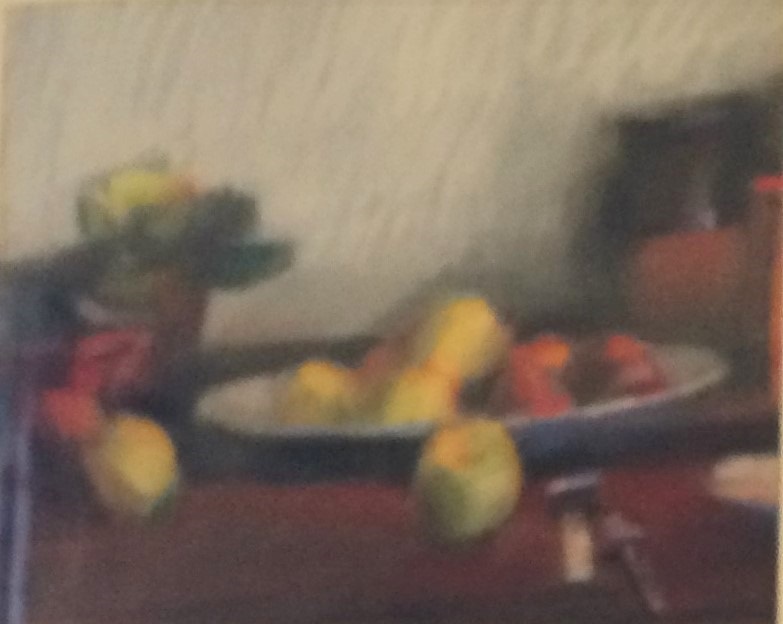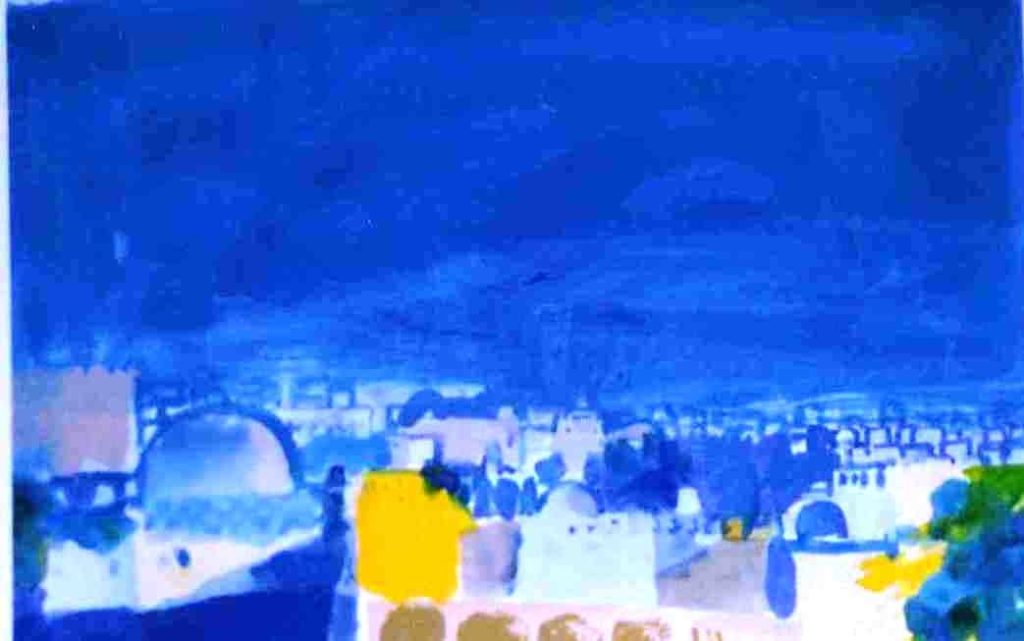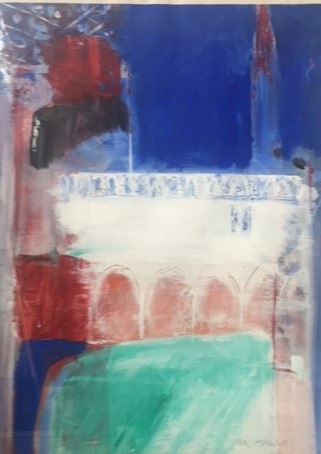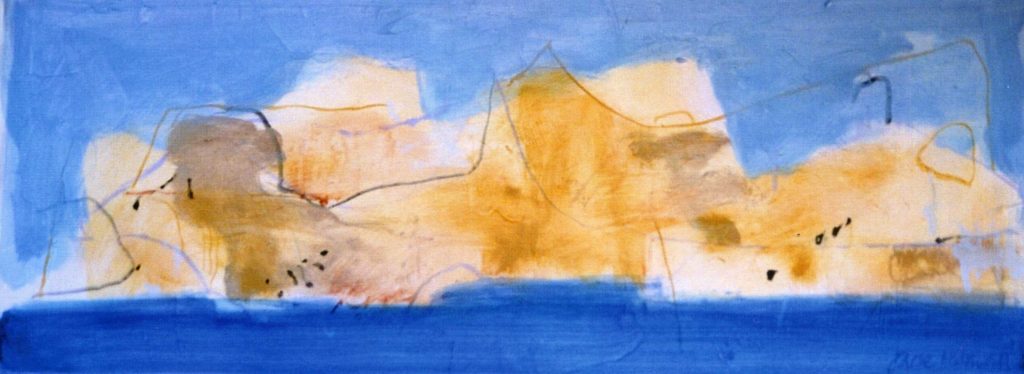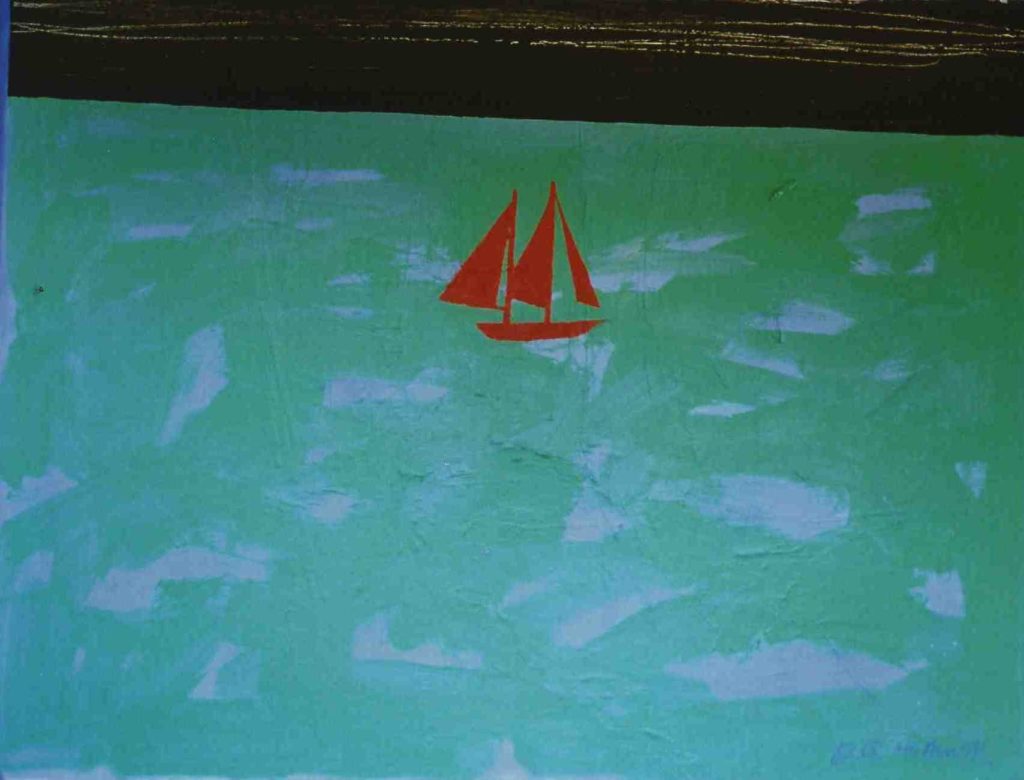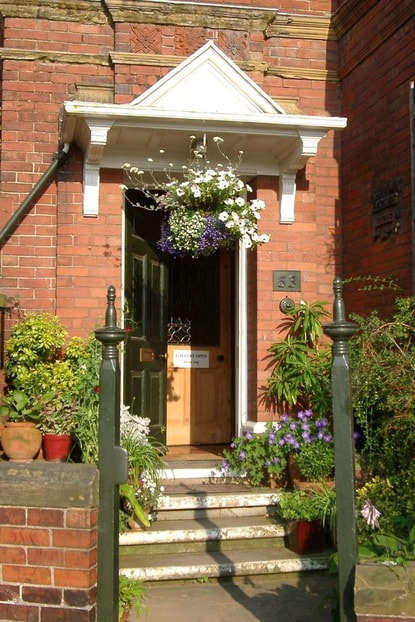
KENTMERE House Gallery, in York, is holding an exhibition in celebration of the work of Suffolk artist and teacher Roy Freer (1938-2021).
“Roy, who died on March 3 last year, was regarded as one of the finest painters of his generation,” says Ann Petherick, owner and curator of the Scarcroft Hill gallery. “He had been showing with Kentmere House ever since we opened in 1991 and before that at Grape Lane Gallery in the city centre.
“We have a small number of his works for sale, with prices held at their original levels of £550 to £1,800, to be followed by a larger exhibition in association with his family in the autumn.”
Roy had studied at Bourneville College of Art and Birmingham College of Arts and Crafts from 1956 to 1958. After becoming a full-time artist more than 30 years ago, he showed a single-minded focus in using overlays of rich colour to depict still-life, figure and landscape as a way of presenting a visual understanding of his subject.
“Working from a familiar selection of either studio-based still-life objects or outdoor features, Roy was concerned with the interpretation of the subject as a visual experience rather than a factual response,” says Ann.
“In his paintings, the over-layering brush marks underpin the main structure and the whole is suffused with light, depicted in strong shafts of colour across the canvas. Although still-life or landscape was his usual subject matter, he was also a very fine portrait painter.”
Roy Freer said of his work: “Scattered objects, shaded objects, bright objects; snatches of coloured material and papers; windows of summer brightness and the darkness of winter; familiar objects not quite seen, veiled behind light, shadow and colour. These are the concerns of my painting.”
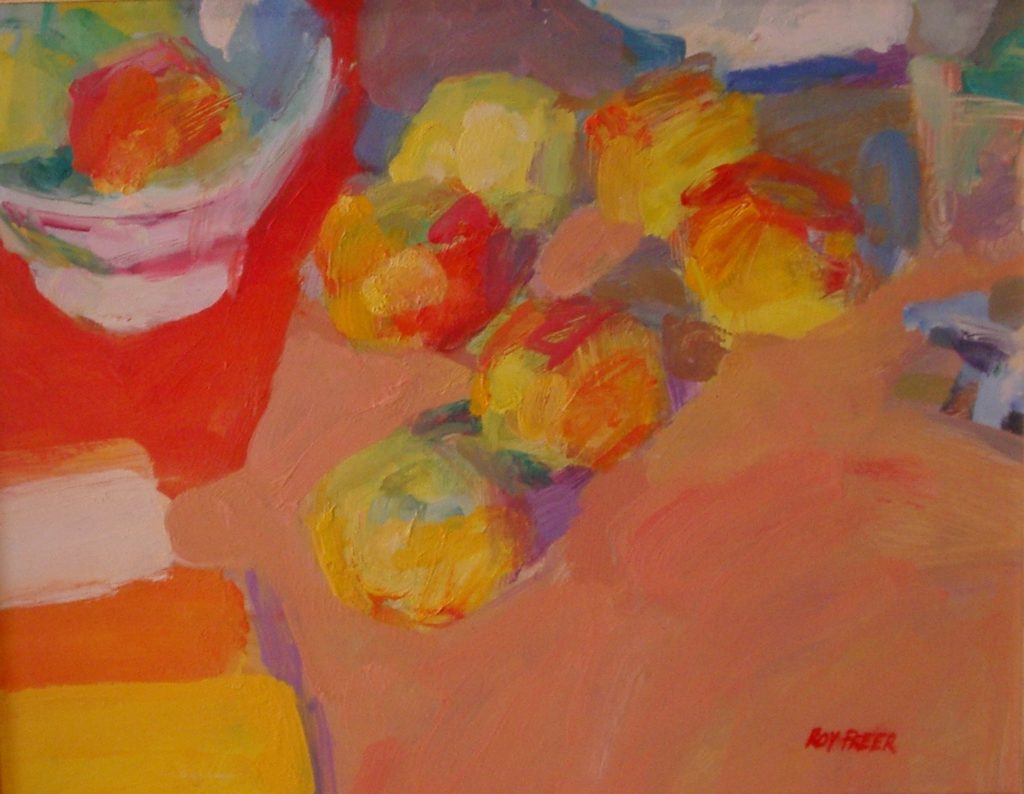
Roy, who lived in a riverside house in Sudbury, was drawn to colour, seeing the world as a very colourful place even on rainy days. “For me, the fascination of painting is to be found in the experience of the subject as moments of stillness and change,” he said.
“A landscape, for example, is a continual source of change, and one is ever aware of the passage of time, as with the movement of light from morning to afternoon. Both in landscape and still life, I want to show through colour and brush mark, a visual interpretation of the subject that reflects the magical substance of sensation and experience.”
He was a member of the Royal Institute of Oil Painters (ROI), New English Art Club (NEAC), and the Royal Institute of Painters in Watercolours; painted leading players Steve Davis and Jimmy White for Snooker International and was commissioned by Shell UK to provide work for their calendar.
Although most of his work has been shown in the south, he was artist-in-residence for the York Early Music Festival and took part in two exhibitions of paintings of Yorkshire gardens in association with the National Gardens Scheme and the Royal Horticultural Society, both curated by Kentmere House Gallery.
Roy showed regularly with Mall Galleries, London; Catto Gallery, Hampstead, London; David Messum Gallery, Cork Street, London, and the Royal Birmingham Society of Artists.
Paying tribute to Roy, Salliann Putnam, of the New English Art Club, says: “I had been so inspired by Roy that I invited him to run a weekend workshop for the society. He ended up running three and they were all brilliant.
“He arrived in a small van, which was packed to the roof. We had a large village hall that Roy transformed into a world of pure colour.”
Roy assembled three large white platforms, placing deckchairs, sunflowers, pots, fabrics, cubes, painted chairs and many other objects on and around them.

“It was a colourist’s paradise,” recalls Salliann. “Roy then demonstrated his approach to painting, and it was a revelation. From the very first mark, there was life and energy. He would mass in the big areas in wonderful colour.
“Then he would gradually move into smaller marks, mixing the colour and transferring it to his brush. He would then study his subject with a searching eye before making a mark. His work looks so free, but it is carefully considered.”
Roy taught Salliann how to look. “I recall him showing a slide of an interior with the light flooding in through the window,” she says. “Roy then adjusted the lens on the projector so that everything was out of focus.
“This was a moment of magic as the image was transformed into pools of light. Edges disappeared; tones became all important; masses appeared. Colour and tone were more important to Roy than the subject.”
Summing up, Salliann says: “Roy was an inspirational painter; he was very much a painter’s painter. I was privileged to attend a number of his courses and came away totally inspired. The art world has been enriched by Roy’s painting and his teaching. He will be so missed.”
Paul Curtis, also from the New English Art Club, says: “Roy Freer’s paintings softly tap you on the shoulder as you walk by, pulling you back to look again at the quiet, close-toned colour with one accent of light. They reflected his personality and determination to take a chance with his work in order to get it right.”
Club president Peter Brown always found Roy’s paintings “remarkably fresh”. “His ability to design the picture surface while describing form and space created welcoming atmospheres for us to enter and enjoy,” he says. “He appeared to show respect for his subject, sometimes monumentalising – say – the end of a terrace, and yet was never a slave to his subject.
“I was so pleased to hear from [his wife] Sally that his sons plan to publish an archive of Roy’s work online. Something for us all to look forward to after his sad passing.”
